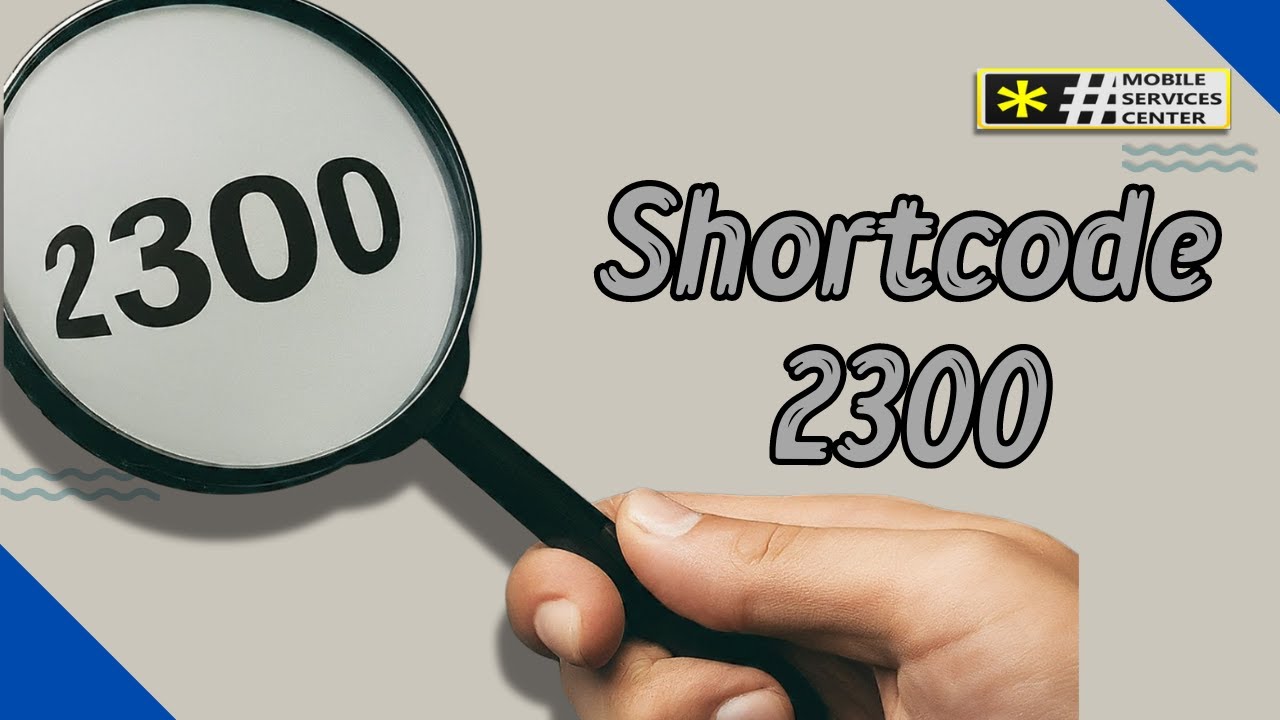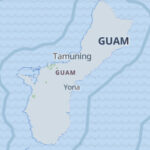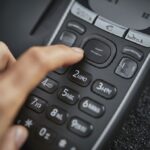The short code 2300 is a unique number that frequently appears in customer usage logs, often causing confusion and concern.
The direct answer is that the 2300 short code is typically an internal system number used by mobile network operators, particularly T-Mobile, for network infrastructure purposes. It is generally not a commercial short code used for marketing, contests, or two-factor authentication that users interact with directly.
This article details the specific functions of the 2300 short code, explains why it might appear in your usage records (sometimes alongside the term “Mauritius”), and provides clear steps to take if you are receiving unexpected messages from it.

The Purpose of the 2300 Short Code
Unlike common 5- or 6-digit short codes used by brands (e.g., to text ‘PIZZA’ for a deal), the 2300 short code is an indicator of behind-the-scenes network activity.
| Function | Explanation |
| MMS & Group Message Routing | This is the most common association. When you send or receive a Multimedia Messaging Service (MMS) message, particularly in a group chat or to a non-compatible device, the carrier’s system often uses 2300 as a gateway to route the message correctly. |
| Internal System Messages | The code can be used for automated carrier notifications related to message blocking, delivery reports, or network updates. |
| VoIP/Cloud Service Routing | Messages originating from Voice over IP (VoIP) or cloud messaging services may be processed through a gateway that registers the short code 2300 on the final user’s side. |
The “2300 Mauritius” Phenomenon
Many users, particularly on the T-Mobile network, report seeing “2300 Mauritius” in their usage details. This is an unusual quirk that is usually not a cause for concern:
- 2300: The system short code.
- Mauritius: This is believed to be the location of an international messaging gateway or server that the carrier uses for routing specific types of traffic, especially MMS. It does not mean the message was sent by a person in Mauritius. It is often regarded as a network routing anomaly that accidentally shows up in user logs.
Troubleshooting: Unwanted Messages from 2300
If you are receiving unexpected or frequent text messages from the 2300 short code, the issue is typically not spam but a network configuration problem.
Actionable Steps for System-Related Messages:
- Check for Group Message Errors: If you recently joined or started a new group text message thread, the 2300 messages might be related to a delivery failure or routing problem within that chat. Try sending a basic SMS text to someone outside the group to verify standard messaging works.
- Restart Your Device: A simple reboot can often resolve minor network registration or messaging service glitches that cause phantom messages or log entries.
- Check Message Blocking Settings: This short code is sometimes tied to the “Message Blocking is Active” error.
- T-Mobile Users: Log into your My T-Mobile account online and navigate to Profile > Blocking Controls. Ensure that general SMS/MMS blocking is not enabled, as this can sometimes trigger delivery error messages associated with 2300.
- Verify Your APN Settings (Android): Incorrect Access Point Name (APN) settings can disrupt MMS messages, which are often routed via 2300. Go to your phone’s Settings > Network/Connections > Mobile Networks > Access Point Names and ensure your APN settings are correct for your carrier. When in doubt, reset them to default.
How to Block Standard Commercial Short Codes
Since 2300 is a system code, replying STOP may not work. However, if you are being harassed by a different commercial short code, the universal opt-out method is:
- Reply with the word: STOP, END, CANCEL, UNSUBSCRIBE, or QUIT to the short code.
- The sender is legally required to send a confirmation text that you have been unsubscribed.
Frequently Asked Questions (FAQ)
Who owns the 2300 short code?
The short code 2300 is generally leased or owned by a major mobile carrier, most notably T-Mobile, and is used for internal network services (like MMS and group message routing) rather than being sold to third-party marketing companies.
Can I be charged for incoming texts from 2300?
No. Incoming text messages in the United States and Canada are almost universally free of charge. You should not incur a fee simply for receiving a system-routed message from the 2300 short code.
Should I worry if I see “2300” in my data usage log?
No. If you see 2300 in your usage log, it almost certainly indicates that you sent or received a group text or a picture message (MMS). The entry is a record of the network processing that message via its system gateway. It is generally not a sign of fraud or a security breach.


